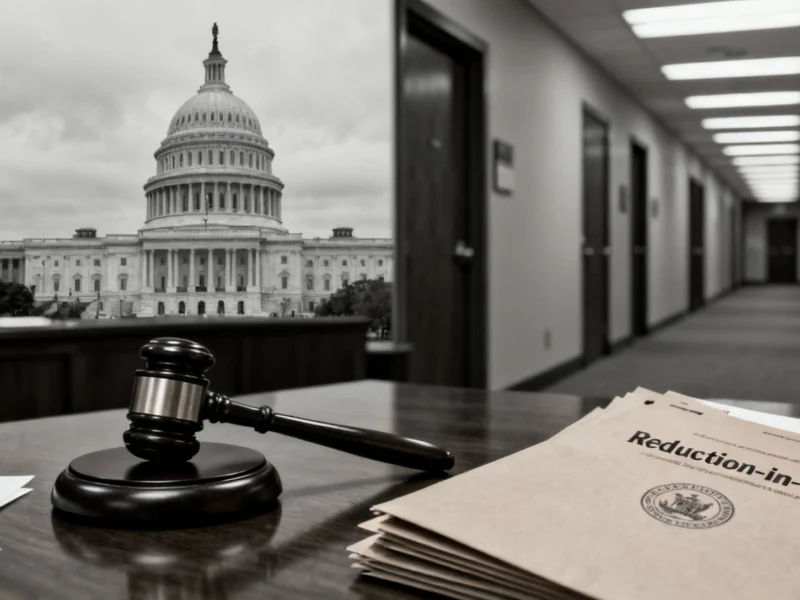A federal judge has issued a temporary restraining order preventing the Trump administration from firing federal workers during the ongoing government shutdown. The ruling comes after reduction-in-force notifications were sent to over 4,000 federal employees. Judge Susan Yvonne Illston stated the administration’s actions appeared “contrary to the laws.”
Federal Judge Issues Temporary Restraining Order Against Trump Administration
A federal judge has temporarily blocked the Trump administration from firing federal workers during the ongoing government shutdown, according to reports from the U.S. Capitol in Washington, D.C. The ruling from U.S. District Court Judge Susan Yvonne Illston came Wednesday, just five days after the administration issued reduction-in-force notifications to more than 4,000 federal workers, sources indicate.









